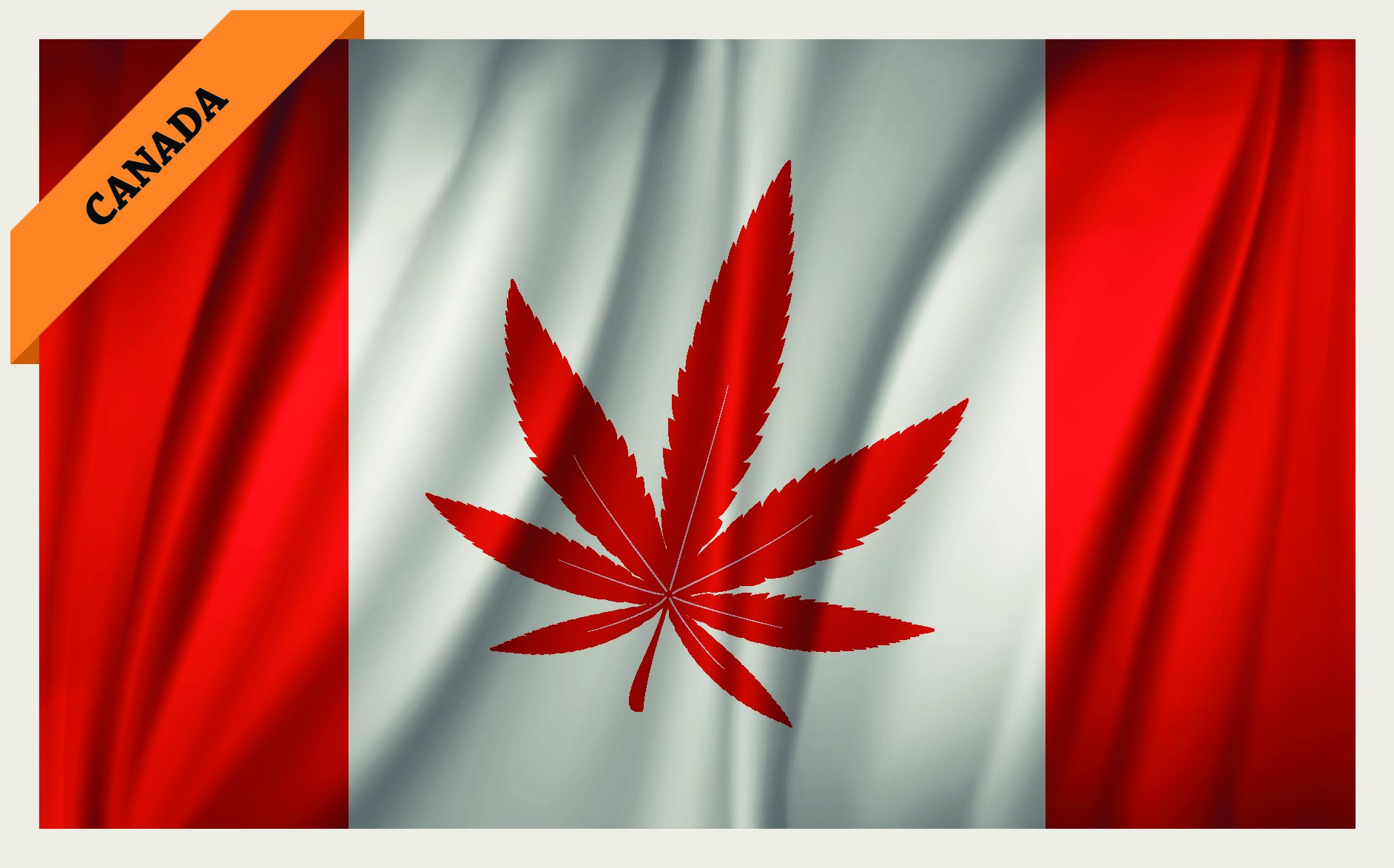
A new cannabis report says growth in the Canadian market may be slowing, a result which could put a damper on expansion in the nascent industry.
Research and consultancy company Brightfield Group pointed to changes in the consumer landscape for cannabis in Canada in a new report, saying that users over 30 years of age are making up a growing majority of consumers. As reported by BNN Bloomberg, the new data shows that over the first quarter of 2021, consumers under 30 made up about one-quarter of legal cannabis users compared to 33 per cent one year earlier.
The report found that among the habitual users, the demand is strong for high-THC products, with 48 per cent of that group using at least once a day while 28 per cent consume more than one time a day. High-THC product demand grew by three per cent in the 2021 Q1 versus the previous quarter.
But it was the count on new users that may prove to be the most telling for the industry, with Brightfield finding that 25 per cent of new users — those who have consumed cannabis for less than two years — were using dried flower and 34 per cent consumed edibles. Those numbers were lower than the 35 per cent and 43 per cent for the flower and edibles categories for the previous quarter.
“In terms of potential new consumer growth that may actually trickle down a little bit,” said David George-Cosh, cannabis market reporter for BNN, speaking on Friday. “Brightfield actually found that fewer newbies are part of the market over the course of each consecutive quarter. That’s a sign that perhaps the consumer base as a whole is starting to plateau for not bringing new users online.”
For years leading up to the start of legalized cannabis in Canada in 2018, the question on everyone’s mind was how big a legal and regulated pot industry would turn out to be. $7 to $9 billion were early guesses as the industry began to take shape, and while 2020’s results were positive in that adult sales more than doubled from 2019 to hit $2.6 billion, that numbers still leaves a lot of ground to cover.
Supply constraints were an issue in the early days, followed later by a glut of cannabis as the retail rollout across the country proved more slow-moving and caught up in red tape than earlier anticipated, especially in Ontario, the country’s most populous province. After opening up a trickle of stores over the first year or so, Ontario changed its approach in 2020 and opened the proverbial floodgates, with regulators now allowing for 120 new retail shops per month as of earlier this year.
The result has been a now speeding up of legal versus illegal sourcing of pot in the province, according to Brightfield, which found that one quarter of Ontario consumers polled said they obtained their cannabis from “an informal dealer or delivery” over the first quarter 2021 and 34.5 per cent said they get it “from a friend.” Those numbers are down sharply from 38.4 per cent and 48.2 per cent, respectively.
“This confirms that Ontario’s move to provide greater access is paying dividends by driving illicit market consumers toward legal channels, rather than keeping them incentivized to stay on the legacy market,” said Jamie Schau, senior insights manager at Brightfield Group, as reported by BNN.
“That obviously is one of the biggest issues in the legal cannabis market where a lot of these companies are struggling to compete with the illicit market on price and quality,” said George-Cosh.
“But given the fact that [COVID-19] restrictions are starting to ease and more people are more comfortable with a lot of these products that are coming online, it looks like Brightfield has found that less people are turning to the illicit market and turning to their old dealers and are moving towards more legal means,” he said.
The cannabis sector was at a peak as far as investor interest was concerned right around Canada’s legalization date in October, 2018. Then came a long downturn that lasted until the fourth quarter of 2020, where stocks began to move up again.
Consolidation has been the name of the game across the industry, while the burgeoning US cannabis scene has also taken some of the limelight off the Canadian names.
Over 2020, the Horizons Marijuana Life Sciences ETF (TSX:HMMJ), which tracks the industry in North America as a whole, was down seven per cent, while so far in 2021 HMMJ is up 19 per cent.
George-Cosh says there’s a potential for the Canadian cannabis market to reach a new high in 2021, growing both in overall sales and number of retail outlets opened. George-Cosh quoted Royal Bank cannabis analyst Douglas Miehm who says the industry should hit $3.8 billion in 2021.
“Interestingly enough, Miehm sees 2,700 licensed cannabis stores to be open across Canada by the end of the year,” George-Cosh said. “Right now, there are about 2,000, but 2,700 is an amazing number for just three years after legalization.”
Leave a Reply
You must be logged in to post a comment.



 Share
Share Tweet
Tweet Share
Share




Comment